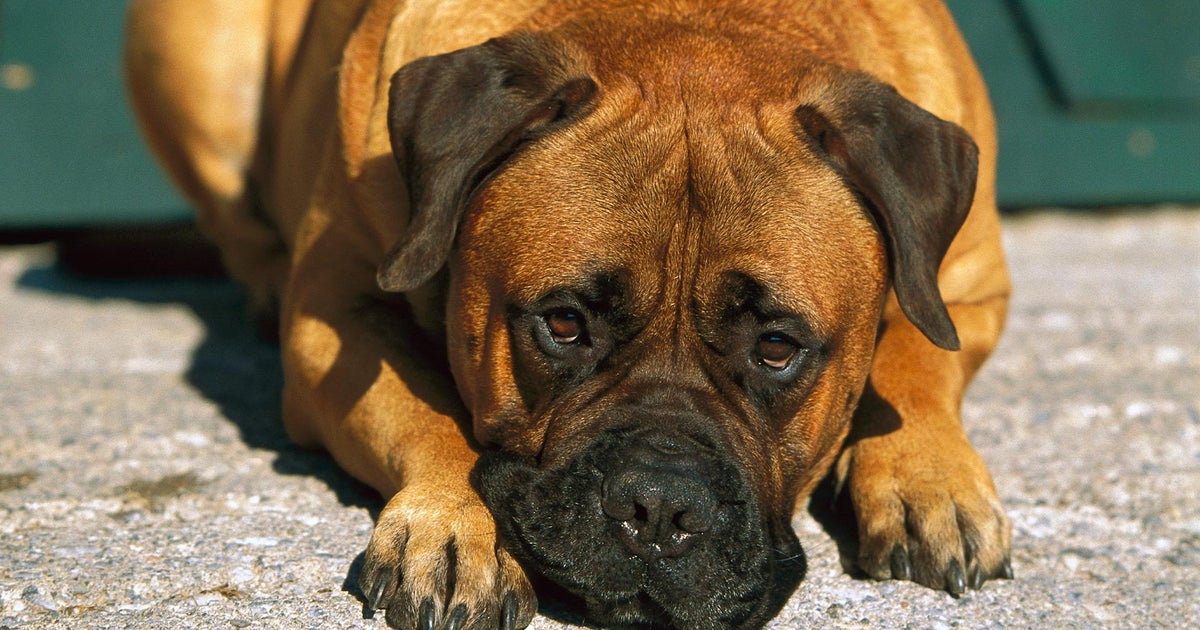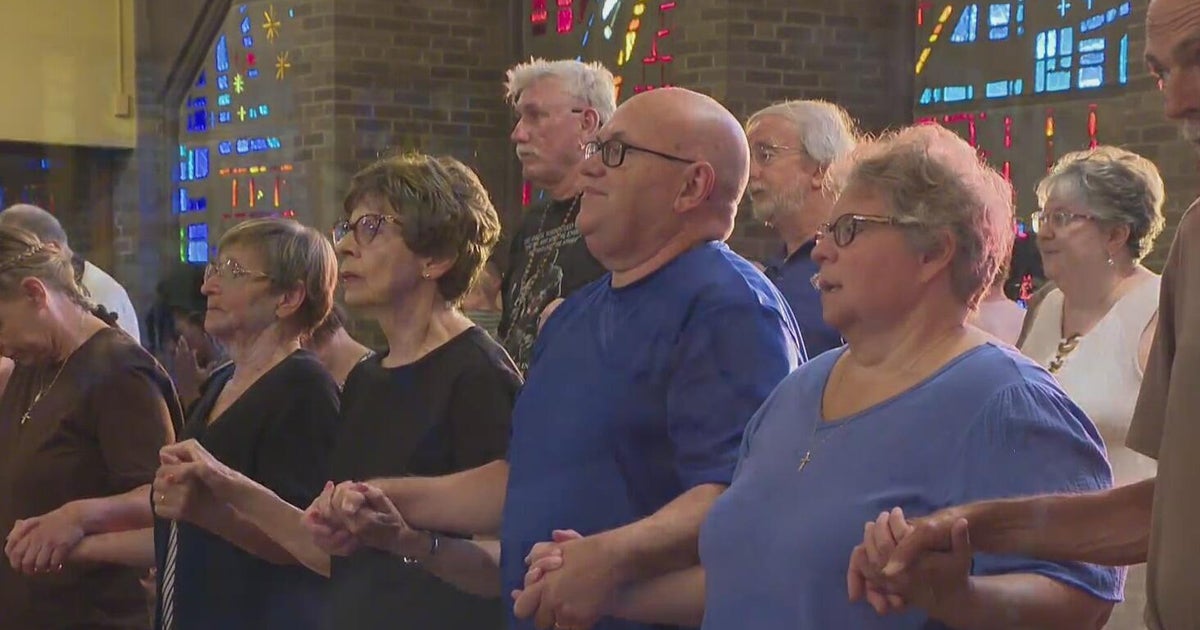Local Vets Using Nanotechnology To Help Pets' Healing
PITTSBURGH (KDKA) - Modern medicine is evolving quickly.
Now, with the introduction of bioengineering, doctors can have tissue made for their patients and veterinarians are having great success using nanotechnology in our pets.
Dr. Jed Johnson has a PhD in engineering and his firm engineers body tissue.
"The part that I focus on is tissue engineering, where we are basically focusing and building or engineering new tissue for the body," Dr. Johnson said.
Their nanotechnology is an integral part of regenerative medicine.
"We've all seen regeneration. We've all had cuts on our hands, right? And those cuts heal. So, our body is capable of healing, but we have to provide the right environment," Dr. Johnson said.
Enter nanofibers.
It takes a hundred of the microscopic fibers laid side-by-side to be as wide as a human hair.
Weave them together, and they provide a framework for healing.
"Cells and tissue can't move across open space, they have to crawl on something, and this is really the key aspect to having a scaffold is it allows those cells to have a highway to move on to refill that wound, regenerate that native tissue," Dr. Johnson said.
"You can't do that synthetically. I mean, we can't do that without the help of what someone like Dr. Johnson's doing with nanofibers," Dr. Mike Hutchinson said.
Dr. Hutchinson, of Animal General in Cranberry, uses nanofibers in combination with stem cells to speed up the healing.
"They will do a lot of good for as long as they stay, but we would like to keep them there longer in that damaged environment. So, they have made some nanowhiskers, if you will, that we mix with the stem cells before we inject them in, and they will hold them there. They will give them something to grow on or to hug to and keep them there longer," Dr. Hutchinson said.
Panzer was the first dog in the United States to receive the nanofiber treatment. In April, he was recovering from a knee injury when he suffered a setback.
"He was healing well. We were doing cage rest, leash walking. Everything was going great and then, I took him for a little walk down to the mailbox, and he slipped on a piece of ice and pulled his ligament completely," Sharon Germain said.
Dr. Hutchinson told Sharon about nanotechnology and stem cells to help repair the torn ACL.
"When Dr. Mike first introduced it to me, I just sat there wide-eyed going, 'Really?' And I said, 'Anything to just help things heal better and make him feel better.' I was on board immediately," Germain said.
They did the surgery right away.
"I have used it in 15 dog joints where we are injecting it right into the dog joints with the stem cells. And we have used it on skin and we have also used it in some muscle -- actually in a police dog to try to repair a damaged muscle on a service dog," Dr. Hutchinson said.
Seven months later?
"It's amazing, and seeing is believing," Germain said. "It does your heart good when you see this."
In a matter of months, Panzer regained complete range of motion in the knee and is back to being a healthy, rambunctious dog.
For Sharon, it's still staggering that it is medically possible.
"It's almost like being in the Jetson years of life. You are seeing tomorrow's technology today," Germain said.
"Tissue engineering is here. Regenerative medicine is here, and we are finally moving from the hype of stem cells to the results of stem cells. You're going to see a lot of the benefit coming in the next years," Dr. Johnson said.
And for Dr. Hutchinson?
"Talking to people who told me this was fairy dust or this is voodoo, they said haven't seen it. They just haven't seen it. They haven't read about it. They aren't picking up the literature that is being published in Germany or Japan or China or Australia or in Israel and they are saying it's not in a journal here so it doesn't exist," Dr. Hutchinson said.
Here's another big advantage to using nanofibers.
They are engineered to dissolve after a specified amount of time, and are processed like lactic acid, which leaves nothing but the patient's own tissue behind.



